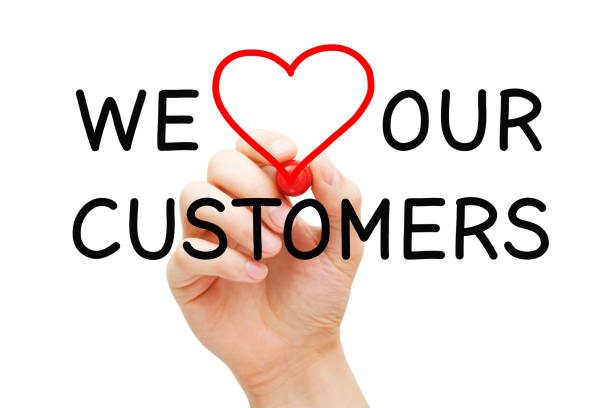“All You Need Is Love.” It’s not just a Beatles song, it should be your customer experience ethos. Because if you aren’t showing your customers that you love them, you can bet someone else is knocking at the door to show them just how important they are.
Consider the numbers:
- PWC research found that 89% of UK CEOs are focused on building trust with customers, believing it’s essential to driving growth.
- According to Bain & Company, net promoter score leaders outperformed the stock market by 2.8 times over 10 years.
- According to Salesforce research, 67% of customers say their standard for good customer experiences is higher than ever.
But in a world where everyone’s out to differentiate themselves by providin
Winning on Purpose: The Unbeatable Strategy of Loving Customers, the new book by Fred Reichheld, the creator of the net promoter score (NPS) system, has made just that point. A business’s primary purpose, he argues, should be to make their customers’ lives better. They should love and care about their customers. And when customers feel that love, they’ll continue purchasing — and even refer their friends.
Love What You Do, Love Your Customers, Love the Results
Can you power an organization with love? Whether you call it compassion, or kindness, or respect, love for customers is key to setting your organization apart.
If your culture is oriented around loving customers, your policies, actions, products and decisions will be, too. Leadership expert Duncan Coombe calls this “LoveOS,” the operating system that underlies all the strategic functions of an organization. “While we are cautious to reduce love to a tech metaphor … it works well as it describes the absolute importance of the OS for integrated functioning,” he said, “but acknowledges that much of the time it is less visible or obvious than the apps themselves.”
Related Article: The Most Important Components of the Customer Experience
‘The Five Love Languages’ of Customers
When it comes to talking about love, the standard is set by the 1992 book “The Five Love Languages” by marriage counselor Gary Chapman. In the book, Chapman discusses the different ways partners give and receive love. (Here’s a hint: If you’ve ever told your partner you need to feel more loved and ask them to hang out with you and go on a walk, and instead they replace the tires on your car, you have different love languages.)
Since “The Five Love Languages” was published, Chapman has gone on to apply his research to children, teenagers, singles, men, the military and even co-workers. But what about customers? If we want to show our customers we love them, shouldn’t we be speaking their love language?
Curious about how you can apply love languages to your customers? Here are some ideas:
- Quality time: MuleSoft’s 2022 Connectivity Benchmark Report found that 70% of customer interactions are now digital. That makes human interactions stand out even more. When customers do interact with you, make sure it’s easy to reach a human — and that your conversation is purposeful and memorable.
- Gifts: When it comes to gifts, it’s the thought that counts. The cost of a gift is much less important than the surprise and delight of receiving it. Whether you choose to give customers something physical, like a branded T-shirt, stickers or other swag, or something experiential, like a meet and greet with an executive or another high-touch experience, gifts are a memorable way to show customers you care.
- Acts of service: Customers value brands that make the world a better place. In fact, 33% of customers choose philanthropic brands when they can, according to a study by Unilever. When your organization chooses to support causes aligned with your mission, it’s one way to show your customers you care. Even better, empowering your employees to make choices to support customers and their community helps show customers how much you value them.
- Words of affirmation: From NPS to CSAT, there are so many ways to see how your customers feel about you. And with Bain & Company research showing that increasing customer retention rates by 5% increases profits by 25% to 95%, it’s clear that keeping the right customers is valuable. If you’re collecting feedback from customers, make sure you’re not just acting on it — but you’re also sharing it with front-line employees through your organization. It’s one way to see the difference their care for customers makes.
- Touch: If we’ve learned anything from the pandemic, it’s the importance of human connection. Customer experience consultant John DiJulius of The DiJulius Group left his laptop charger in his room when he checked out of The Ritz-Carlton Sarasota. The next day, before he could call to get it back, he received an overnight package containing the charger and a personal note. This connection was the result of the Ritz-Carlton Group empowering its employees with the authority to spend up to $2,000 per day to improve customer experience.
Want to learn more? Take this short quiz and learn just how customer-centric your organization is.

